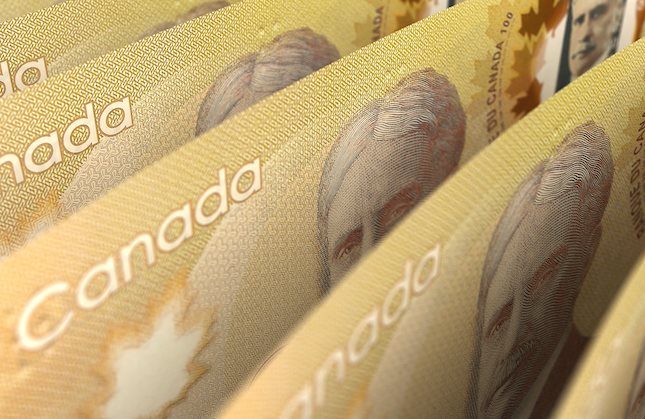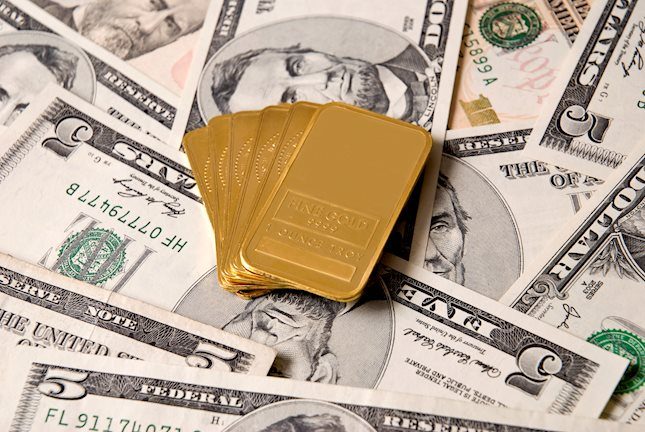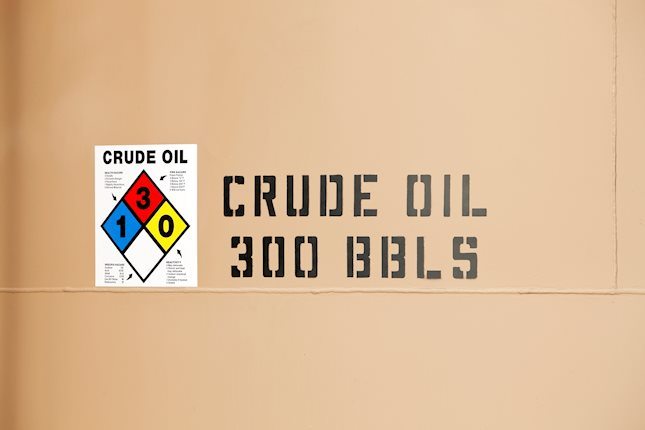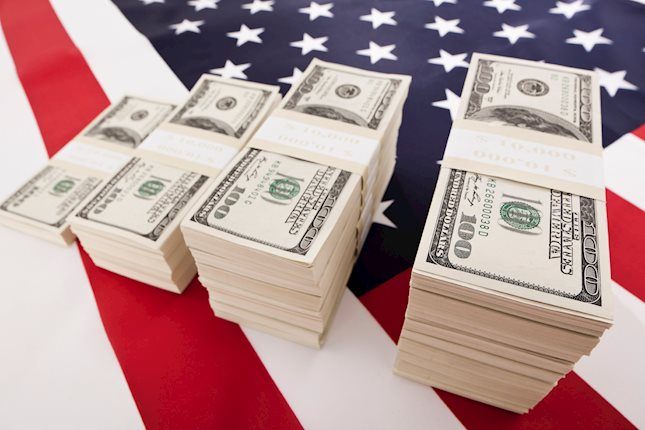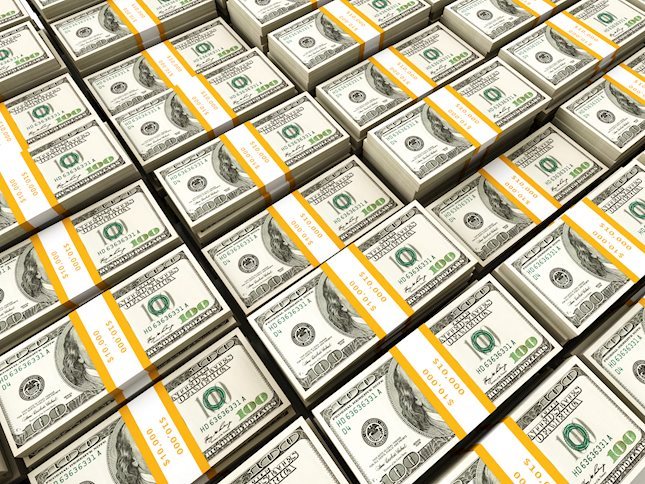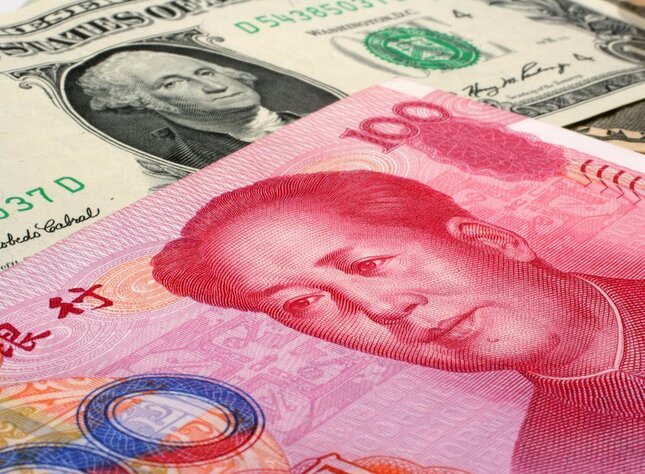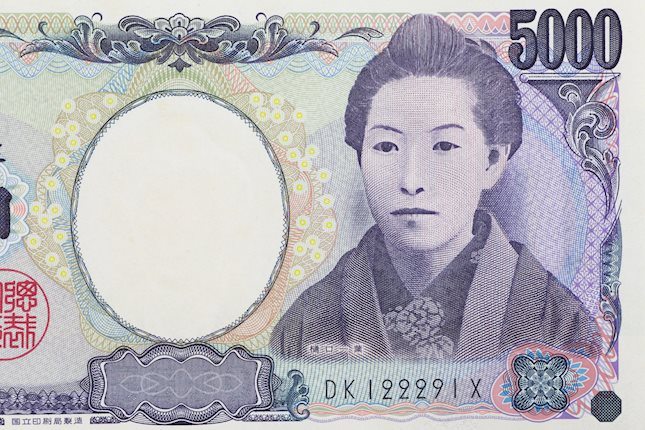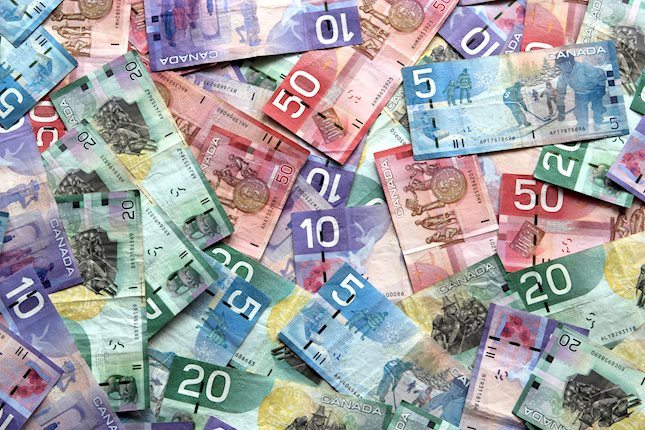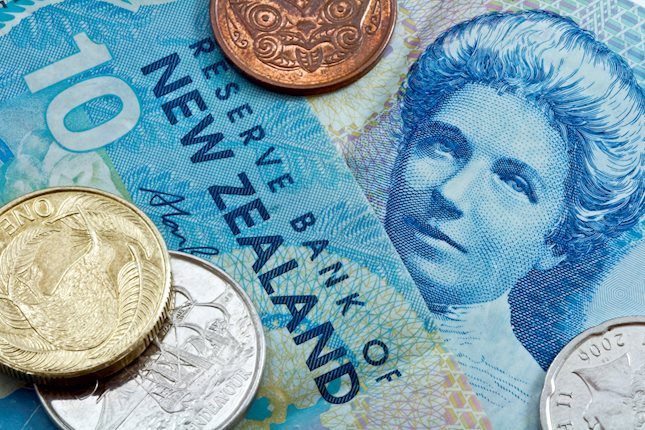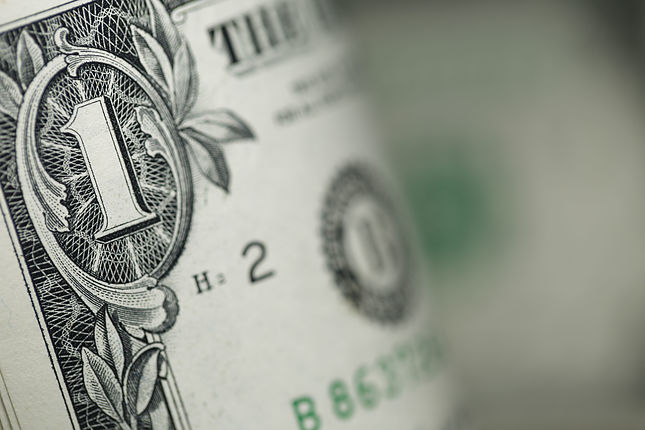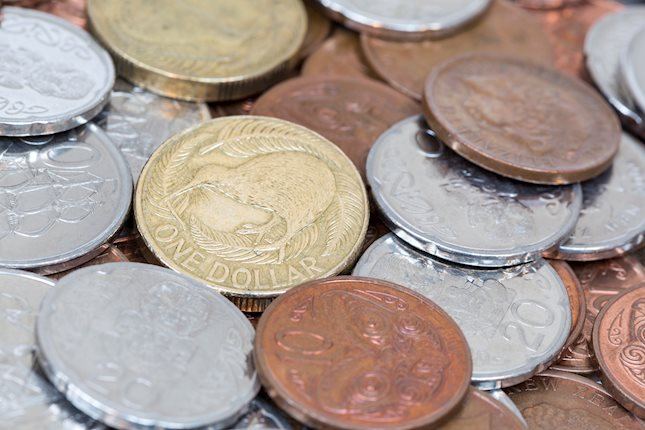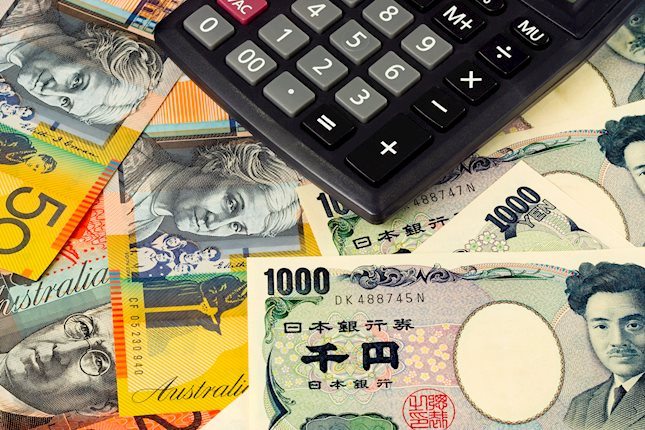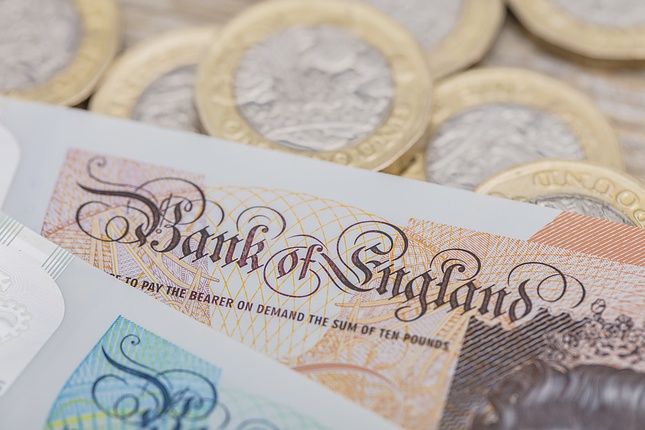Gold extends uptrend as Middle East conflict rages on
- Gold continues its uptrend as the conflict in the Middle East remains unabated.
- The changing outlook for global interest rates, however, could put a limit on Gold’s upside.
- XAU/USD trends higher as a multi-time-frame uptrend extends.
Gold (XAU/USD) continues higher after the briefest of pullbacks to trade once more in the $2,730s on Tuesday. The yellow metal is rallying due to increased safe-haven demand because of the intensifying conflict in the Middle East, although it has slowed its pace as bonds sell off around the world due to a revision of the outlook for global interest rates.
From previously expecting interest rates to fall sharply, investors now see a gentler slope because unexpectedly strong US data eliminated the chances of another double-dose 50 basis point (bps) (0.50%) mega cut by the Federal Reserve (Fed). This, in turn, reduces Gold’s attractiveness as a non-interest-paying asset.
Gold rises on safe-haven flows
Gold rallies as investor demand for safety increases due to the worsening conflict in the Middle East. Despite the eleventh visit to the region by US Secretary of State Anthony Blinken since the start of the conflict, a cease-fire deal seems as elusive as ever.
On Tuesday morning, Hezbollah announced that it had launched rockets at two bases near Tel Aviv and one near Haifa. This followed a series of Israeli airstrikes on southern Lebanon and Beirut. In one Israeli strike near Beirut’s Hariri Hospital, the death toll is said to have risen to 13, according to the Lebanon Ministry of Health, as per Reuters.
On Monday, Israel stepped up its bombardment of Beirut by destroying several economic targets in an attempt to wipe out the bank that provides Hezbollah with its funding.
An expected Israeli retaliatory attack on Iran is also back on the table after an Iranian drone penetrated Israeli air defense systems and exploded near Israeli Prime Minister Benjamin Netanyahu’s private residence over the weekend.
Technical Analysis: Gold rallies toward next upside target
Gold continues rising in a steady uptrend on all time frames (short, medium and long) and, after breaching the $2,700 mark, it is now on its way to the next target at $2,750.
XAU/USD Daily Chart
The Relative Strength Index (RSI) is overbought, however, advising long-holders not to add to their positions because of an increased risk of a pullback. Should RSI close back in neutral territory, it will be a sign for long-holders to close their positions and open shorts as a deeper correction may evolve. Support lies at $2,700 (key level) and $2,685 (September high).
Gold’s overall strong uptrend, however, suggests that any corrections will likely be short-lived, and afterward, the broader bull trend will probably resume.
Risk sentiment FAQs
In the world of financial jargon the two widely used terms “risk-on” and “risk off'' refer to the level of risk that investors are willing to stomach during the period referenced. In a “risk-on” market, investors are optimistic about the future and more willing to buy risky assets. In a “risk-off” market investors start to ‘play it safe’ because they are worried about the future, and therefore buy less risky assets that are more certain of bringing a return, even if it is relatively modest.
Typically, during periods of “risk-on”, stock markets will rise, most commodities – except Gold – will also gain in value, since they benefit from a positive growth outlook. The currencies of nations that are heavy commodity exporters strengthen because of increased demand, and Cryptocurrencies rise. In a “risk-off” market, Bonds go up – especially major government Bonds – Gold shines, and safe-haven currencies such as the Japanese Yen, Swiss Franc and US Dollar all benefit.
The Australian Dollar (AUD), the Canadian Dollar (CAD), the New Zealand Dollar (NZD) and minor FX like the Ruble (RUB) and the South African Rand (ZAR), all tend to rise in markets that are “risk-on”. This is because the economies of these currencies are heavily reliant on commodity exports for growth, and commodities tend to rise in price during risk-on periods. This is because investors foresee greater demand for raw materials in the future due to heightened economic activity.
The major currencies that tend to rise during periods of “risk-off” are the US Dollar (USD), the Japanese Yen (JPY) and the Swiss Franc (CHF). The US Dollar, because it is the world’s reserve currency, and because in times of crisis investors buy US government debt, which is seen as safe because the largest economy in the world is unlikely to default. The Yen, from increased demand for Japanese government bonds, because a high proportion are held by domestic investors who are unlikely to dump them – even in a crisis. The Swiss Franc, because strict Swiss banking laws offer investors enhanced capital protection.
Forex News
Keep up with the financial markets, know what's happening and what is affecting the markets with our latest market updates. Analyze market movers, trends and build your trading strategies accordingly.



